Step 1: Complete the American Heart Association online course.
Step 2: Perform skills testing in Dublin or another location.
Step 3: Receive the American Heart Association card same day.
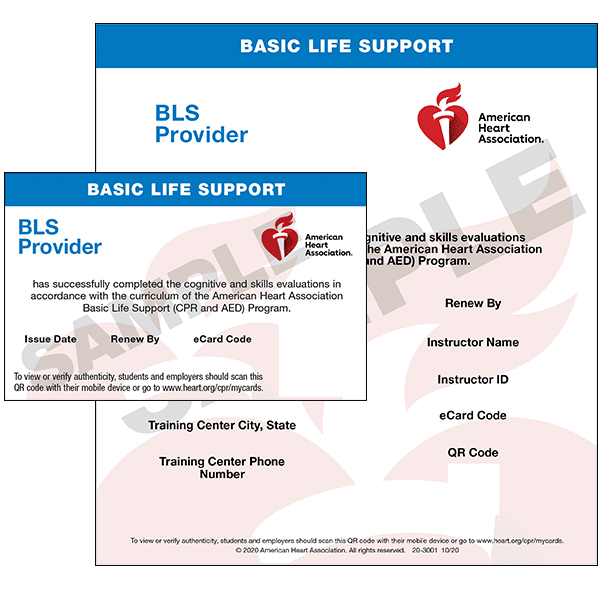
Basic Life Support
Online Course: 1-2 hours
Skills Testing: 30 minutes
100% Pass Rate Guaranteed
Lowest Price In Dublin
Receive Card On Class Day
Thousands of 5 Star Reviews
CE Credits to CA Dentists
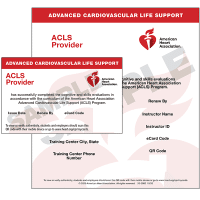
Advanced Cardiac Life Support
Online Course: 2-3 hours
Skills Testing: 30 minutes
100% Pass Rate Guaranteed
Lowest Price In Dublin
Receive Card On Class Day
Thousands of 5 Star Reviews
Some Professions: 2-3 CEU
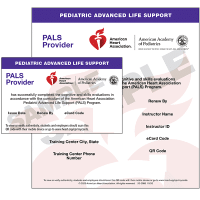
Pediatric Advanced Life Support
Online Course: 2-3 hours
Skills Testing: 30 minutes
100% Pass Rate Guaranteed
Lowest Price In Dublin
Receive Card On Class Day
Thousands of 5 Star Reviews
Some Professions: 3.75-5 CEU
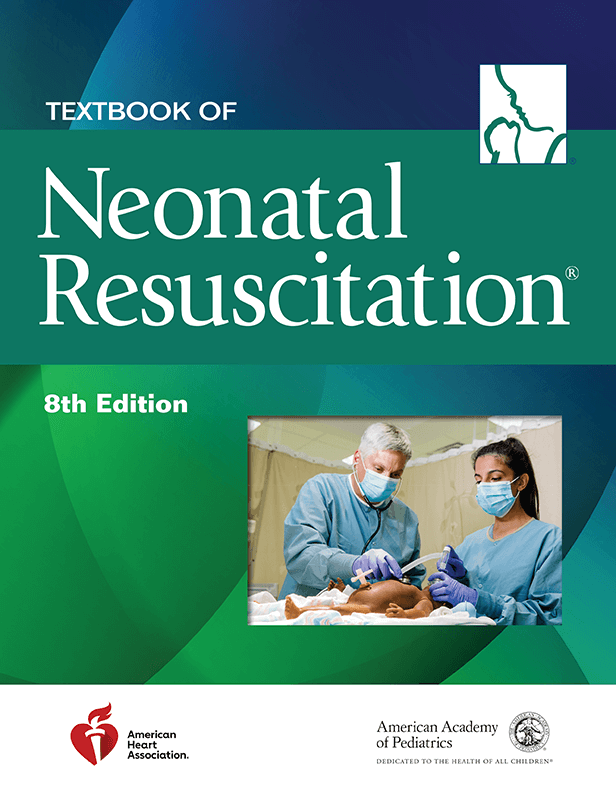
Neonatal Resuscitation Program
Online Course: 2-3 hours
Skills Testing: 3 hours
100% Pass Rate Guaranteed
Lowest Price In Dublin
Receive Card On Class Day
Thousands of 5 Star Reviews
Some Professions: 4 CEU

Audience: General public
Topics: CPR for all age groups, AED use, bleeding, epi-pen, etc
Online Session: 1 Hour
Skills Testing: 30 minutes
Card: Safety Training Seminars
Certification: Valid 2 years
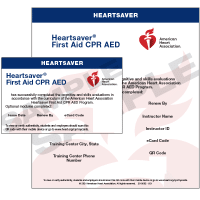
Audience: General public
Topics: CPR for all age groups, AED use, bleeding, epi-pen, etc
AHA Online Course: 1-2 Hours
Skills Testing: 30-45 minutes
Card: American Heart Association
Certification: Valid 2 years
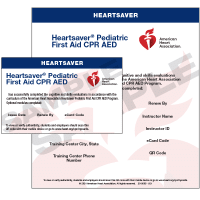
Audience: Childcare providers
Topics: CPR for all age groups, AED use, bleeding, epi-pen, etc
AHA Online Course: 1-2 Hours
Skills Testing: 30-45 minutes
Card: American Heart Association
Certification: Valid 2 years

Audience: Childcare providers
Topics: Lead poisoning, nutrition, infectious disease,etc
Zoom Course: 8 Hrs (state law)
Skills Testing: 30-45 minutes
Card: EMSA Health & Safety
Certification: No expiration
EXCELLENTTrustindex verifies that the original source of the review is Google. Clean and very convenient!Trustindex verifies that the original source of the review is Google. The training was very helpful and I liked that we could do it as many times as we wanted . Regardless if we pass or failed . It was a good session.Trustindex verifies that the original source of the review is Google. Easy and quick processTrustindex verifies that the original source of the review is Google. Safety Training Seminars offers the most efficient and lowest price for AHA certs! I completed BLS and ACLS certification in Dublin. The online portion was straightforward and tailored to your existing knowledge. In person skills test on the VAM (voice assisted mannequin) was quick. I highly recommend an in person course if this is your first time with ACLS. A human instructor and practice running a mega code is invaluable (no mega codes in RQI online portion). But for renewals, the online + skills check is an excellent option. Tips for skills day: definitely watch the videos they send for fast success, wear comfortable/gym clothing, and bring a hair tie for long hair. Room was nicely heated, but there's also a fan in case you get hot doing compressions.Trustindex verifies that the original source of the review is Google. Easy to follow instructions and can have you recertifed very quicklyTrustindex verifies that the original source of the review is Google. I thoroughly enjoyed the BLS, ACLS, PALS, CPR, NRP, and CPR/First-aid classes at Safety Training Seminars, which provided me with comprehensive knowledge and hands-on experience to achieve my CPR certification. The instructors were highly skilled and made the complex material easy to understand, leaving me feeling confident and well-prepared to handle emergency situations with expertise.Trustindex verifies that the original source of the review is Google. The online and skills session were great! Easy to follow and educational to ensure you are up to date! This is the only place I will be taking my BLS in the future!Trustindex verifies that the original source of the review is Google. I recently completed the BLS and First-aid classes at Safety Training Seminars and was satisfied with the instruction and skills testing. Even without an instructor present for the skills testing, receiving assistance was easy and the instructor I spoke with on the phone was helpful and friendly. The preparation videos before skills testing were also a fantastic resource. I would come back to them for renewing my certificates!Trustindex verifies that the original source of the review is Google. I thoroughly enjoyed the BLS Class at Safety Training Seminars, where I gained comprehensive knowledge and hands-on practice in lifesaving techniques and received a solid foundation in CPR certification. The expert instructors and comprehensive curriculum made the course engaging, informative, and highly valuable.Trustindex verifies that the original source of the review is Google. Clean and open area. The process was fast and to the point.
Enroll in an American Heart Association training class in Dublin, CA, and gain invaluable skills that can make all the difference in an emergency.
The American Heart Association RQI (Resuscitation Quality Improvement) program is the most popular, modern, and fast way for medical & healthcare professionals in Dublin to receive their official American Heart Association BLS, ACLS, and PALS certification cards.
Three Easy Steps
Safety Training Seminars (Founded 1989)
Safety Training Seminars is a woman-owned AHA Training Center that provides high quality American Heart Association BLS, ACLS, PALS, CPR & First-aid courses in Dublin, CA.
Excellent Customer Service
Safety Training Seminars has a top notch team of customer service reps that are available every day (including weekends) 8am – 10pm.
Classes Daily In Over 60 Cities
For our customer’s convenience, we offer AHA BLS, ACLS, PALS, CPR, & First-aid certification courses every day of the week in Dublin and other cities near you.
Certification Card
After the course, students will receive the official AMERICAN HEART ASSOCIATION certification card (valid 2 years).
Low Price Guarantee
Safety Training Seminars offers the lowest prices in Alameda County, backed by our Low Price Guarantee.

When it comes to emergencies, the ability to respond quickly and effectively can make all the difference. Whether it’s performing CPR on a choking infant or helping a neighbor in cardiac distress, equipping yourself with lifesaving skills is empowering and critical. One of the most trusted names in life support and emergency training is the American Heart Association (AHA). Known for its evidence-based certification programs, the AHA provides world-class training for individuals and professionals alike. If you’re in Dublin, CA, you’ll be glad to know that these exceptional courses are available locally.
The American Heart Association stands out for its credibility and widespread recognition. From healthcare workers to corporate professionals, AHA certification is highly sought after for a variety of reasons:
The American Heart Association produces evidence-based training, which means their courses are grounded in research and best practices. Their curriculum is regularly updated to reflect the latest medical guidelines, ensuring you learn the most reliable techniques.
AHA certifications are universally recognized across a wide range of industries, including healthcare, education, and corporate safety. Whether you’re an aspiring nurse or a coach for a youth sports team, an AHA certification gives your skills instant credibility.
When every second counts, confidence is key. AHA training equips participants with practical knowledge and hands-on techniques to effectively handle emergencies. You’ll learn skills that could save a life, whether it’s performing CPR, relieving choking, or managing advanced cardiac emergencies.
Here’s a closer look at the courses available and how they cater to diverse needs:
The CPR and First Aid course is ideal for both laypersons and professionals. You’ll learn:
Whether you’re a parent, caregiver, or teacher, this course provides essential lifesaving skills to handle common emergencies.
Designed for healthcare providers and first responders, the BLS course teaches:
If you’re working in hospitals or clinics, BLS certification is often a requirement to ensure patient safety.
This advanced-level course is specifically tailored for medical professionals like paramedics, nurses, and doctors. Key topics include:
ACLS certification is critical for those who manage complex emergencies in clinical or hospital settings.
Focusing on critically ill or injured infants and children, PALS is designed for pediatricians, paramedics, and other specialists. Highlights of this course include:
If you work with children, mastering PALS can be the difference between life and death during emergencies.
Attending an AHA course can transform not only your confidence but also your career prospects. Here’s how:
AHA classes emphasize practical experience. By practicing on manikins and participating in life-like simulations, you’ll build the muscle memory required to perform under pressure.
For healthcare professionals and aspiring medical personnel, an AHA certification is a tangible asset. Many employers, from hospitals to childcare facilities, require CPR and life support training as a must-have qualification.
AHA understands the demands of modern life, offering flexible class timings and blended learning options (a mix of online and in-person training). Whether you’re a busy professional or a full-time parent, there’s a course that fits your schedule.
An AHA training class is designed to be thorough yet accessible. Here’s what you can look forward to:
Most classes last anywhere from 2-4 hours, depending on the level of training, and are conducted in small groups to ensure personalized attention.
The beauty of AHA certification programs is their inclusivity. They cater to a diverse audience, including:
No matter your role or background, there’s a course for everyone.
If you’re ready to enroll in an AHA course, here’s where to start:
When selecting a class, look for certified AHA instructors and training providers with state-of-the-art equipment to ensure you receive top-notch education.
Whether you’re aiming to advance your career or protect your loved ones, an American Heart Association CPR or life support certification is a game-changer. These courses not only equip you with essential skills but also instill the confidence to act decisively when seconds count.
Take the first step in your lifesaving journey. Enroll in an American Heart Association course in Dublin, CA today, and gain the skills you need to make a difference.
Safety Training Seminars CPR
7567 Amador Valley Blvd, Suite 108 Dublin CA 94568
(925) 803-1895